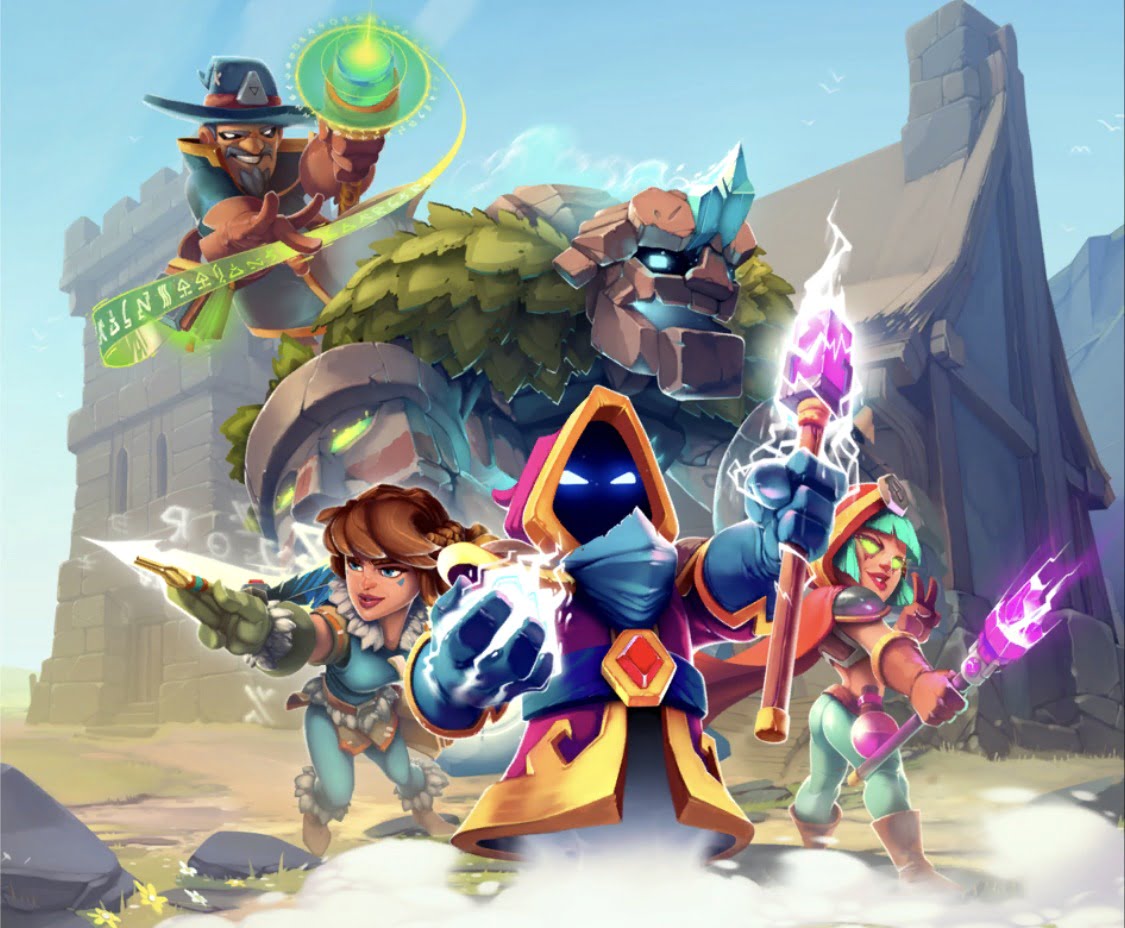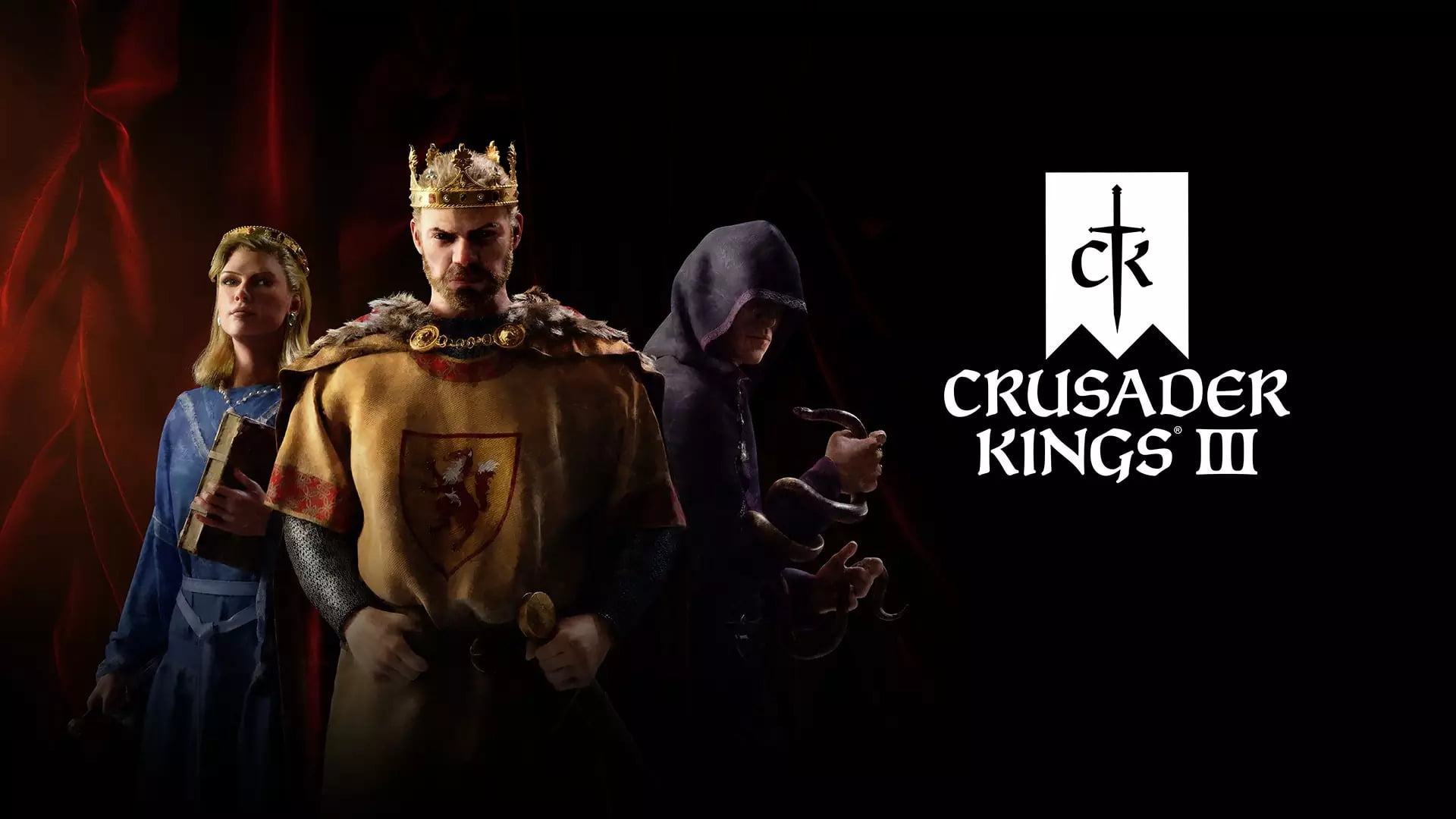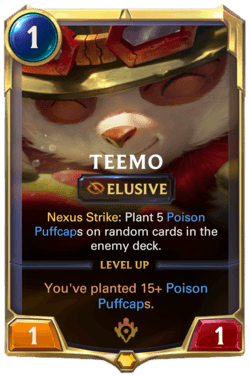
(This list is updated up to version 1.5.9)
I’ve never seen a Tier List for Super Spell Heroes (other than just community opinions) so I thought I’d make one myself.
I have to note a few things first.
Firstly, it’s my opinion, so nothing is set in stone.
Secondly, you shouldn’t take this list too literally. In fact, the difference between the tiers is not all that high and everything should be taken as general guidelines.
Any hero from any tier can beat any other hero from any other list.
Especially since in higher elos, you can actually choose between 3 decks you built, for any situation.
Third, the order of the heroes on the list doesn’t mean anything.
The list will be split on the usual S, A, B, C, D, Tiers with S being the best and D the worst.
Every character will have a detailed explanation of their position.
Finally, this will not be a deck guide. If you want to build decks, you should check this out.
This tier list will be updated with every major update, so it will always be up to date. Without further ado:
S TIER
Thoben, the Monk
Elements:
Thoben is one of the most powerful heroes due to his consistency. He is defensive by nature and relies a lot on having more HP than his opponent.
There are 2 reasons why Thoben is so strong. The first is his utilization of Chi. Many of his spells generate Chi Blocks, which increase a spell’s power when combined with it.
Using Chi Blocks with shield spells and attacks will give you an upper hand, but where he truly shines is with Life Cocoon, his unique healing spell.
What it does is, that if you heal for more than your Max HP, your Max HP is raised equal to that amount.
So it’s not that hard to stay above your opponent in HP if you play conservatively. You have many spells that deal x3 damage if you have more HP than your opponent.
The second is his ultimate spell, Zen Pulse. It’s a channeled spell, which means it can be broken by a more powerful attack than the spell’s resistance.
If you don’t break it, his opponent gets his HP reduced to 1 (but no more than a specific amount).
In other words, it’s easy to just reduce your opponent to 1 and kill him with any buffed up spell + Chi combo.
Being able to defend successfully until you reduce your opponent to 1 and kill him makes Thoben such a consistent hero. Not to mention his ability to instantly go up a spell rank should he complete a channel.
All in all, either strategy works marvels on Thoben and his amazing defenses and he has the tools to break you without overwhelming attacks.
Ray, the Paladin
Elements:
Ray is a very peculiar hero in the sense that he is very flexible.
He can actually utilize healing, attacking and defending strategies. Where he truly shines is sweeping.
Ray has the ability to end a fight quickly more so than anyone else. How? With his First Strikes.
Ray has a First Strike earth spell for every tier. Every spell has the same effect; they deal tremendous damage if no player has been damaged by another spell with the same tier as the First Strike (you can even queue it after your enemy has queued an attack and it still counts).
Essentially, you want to rush tiers by using Lightlink Tokens, tokens that allow you to fill up your spell charge bar when your opponent does, and deal heavy damage with Elite or Ultimate First Strike.
Other than that, Ray generally utilizes various disruptive and set up strategies, but they’re not as optimal as the First Strikes.
Really, the only disadvantage Ray has is getting a head start on him.
He can either heavily burst you down, or just take you with many smaller hits until you die.
Ra’Ju, the Aquarian
Elements:
Ra’ju is extremely powerful with well-rounded offense and defense and is one of the more annoying matchups out there.
As the first character to use the water element, Ra’Ju heavily utilizes it to the max. Most of his spells are multi-hit and afflict their opponent with Water Tokens.
Water Tokens are nothing special at all, they actually start to timeout when they reach the bottom, but Ra’Ju can give them continuously. The opponent is bound to get flooded by them and lose their possible moves.
Now, you can use Water Tokens in 2 ways.
The first is to flood them and annoy them until your barrage of attacks kills them.
The second is to turn them into Ice Tokens and nuke them. Many of Ra’ju’s spells turn Water Tokens into Ice Tokens, and by using his ultimate Ice Storm he can deal damage for every token.
But, Ice Tokens also have effects of their own. Firstly, they don’t timeout. Secondly, when they force a board clear, each token explodes to deal damage.
His defense is also very solid and comes solely from the earth element. His Gaia Heal is a channeled heal that, if completed, and its break power was greater than your current health, it fully heals him.
Ra’ju is certainly a fun addition to the game, and one of the few characters that force you to plan ahead, lest you be flooded with tokens.
Plus, you never know what to expect of him, other than a board filled with Water Tokens.
Pom, the Summoness
Elements:
Water OP, whaaa…?
Jokes aside, Pom did seem kinda hard to manage at the start due to her playstyle.
Her playstyle revolves around her Resin Tokens, which turn the (otherwise annoying) Water Tokens she creates into Amber Tokens, which increase the power of her spells.
And that’s not all!
Using her Summon spells, she can turn her Amber Tokens into either useful Tokens for herself, or really, really annoying Tokens for the opponents.
Fish Swarm in particular is more cancerous that Ra’ju’s Ice Tokens and Lua’s Ghost Tokens combined!
Offensively, she just uses one (or more if she’s feeling it) of her Bird Tokens to increase her damage of an over-time Spell or a multi-hit one.
Not that it matters, as if you have Fish Swarm on your field, you probably won’t be able to defend at all…
Defensively, she either has the tools to defend forever or is just playing with half her deck being Heal Spells.
All in all, Pom is very annoying to face, and the only success against her is either quick Token removal, or an aggressive start. Removing her Tokens is also acceptable, as she has to cast 3 spells in order to create an Animal Token (The Resin Token, the Water Token, and the Animal Spell).
A TIER
Asgard, the Golem
Elements:
Asgard is very exciting when you first unlock him, but as you get to know him you will find out he is just very annoying to face.
In fact, that is his strategy; disruption. Asgard’s purpose is to not let you play.
His nature spells are the main disruptive source, but many of his earth spells help at this cause.
So, how does he win? His earth spells (that don’t disrupt) hit hard. He has the best base damage on his spells.
Why is in Tier A then? Downtime.
Every earth spell gives Asgard a Weakness Token. These tokens make every other spell for a short amount of time have x0.5 (half) the power on his spells.
If you can make the most out of his downtime, Asgard is very susceptible to setups and nukes.
However, in the right hands, Asgard’s downtime is while the opponent is disrupted.
Maybe he’d be a tier higher if he was more flexible but with Asgard, you know pretty much what you’re gonna face.
Tierra, the Huntress
Elements:
A unique combination of elements, Tierra is unfathomably fast. She relies on 2 main strategies.
The first is just spamming your spells to get to your ultimate spells and nuke him.
The second is her Fire Mark Tokens. Essentially, using her Flare spells, you give your opponents Fire Mark Tokens on successful hits.
A Fire Mark Token starts timing out. On every successful attack from Tiera, each Token has a 50% chance of dealing damage and resetting their timer.
Using an ultimate spell, you can nuke them if you gather enough Tokens.
The reason they work like this is that Tierra has a lot of weak multi-hit attacks, and if you can time them correctly, you can get lots of procs and damage until the finishing shot.
The problem with this strategy is that even if you give your opponent enough tokens to set up, he can just defend the rest of your otherwise weak attacks until they time out.
So, you must either be clever with mind games and timing or just hurry up and nuke them while they still have the tokens.
The first, more spammy build, however, is very strong. Tierra is able to finish the game without you ever set up, and the only reason she isn’t S Tier is that she is very susceptible to disruption and strong defense.
Either way, Tierra is extremely fast and can reach higher tiers and overwhelm you almost every time.
Jane, the Witch
Elements:
Jane is the second character you unlock, and she teaches you that you can have the same elemental combination with another and be completely different.
Jane has 2 main strategies. Quick multishot of Fire Arrows and spamming the Fire Phoenix.
Fire Arrows deal little damage, but if they successfully hit, the give the opponent a Bleed Token.
Besides disrupting your opponent (as tokens are useless) they damage your opponent over time for big amounts of damage, that only get more overwhelming the more they have.
Jane is also quite disruptive. Her nature spells (and some fire spells) mess with the opponent’s board.
She also has an ultimate spell that clears the enemy’s board if it hits, but you can also use one the damages him more the more Bleed Tokens he has on his field.
Fire Phoenix is an Advanced spell that can sweep your opponent. Essentially, every successful hit returns the Fire Phoenix a tier upgraded (so it goes from Advanced to Elite, and then to Ultimate).
This allows you for a very quick ultimate ability which can prove valuable.
Jane can be quite hard to master, but certainly very fun. However, the more your opponents know the game, the more you have to master your timings.
All in all, Jane requires skill, but once mastered, will get you lots of satisfying victories.
Her biggest strength is her unpredictability, as she is the only one that has such different win conditions that are just as viable.
[adinserter block=”1″]
B TIER
Lua, the Shaman
Elements:
Lua is the last one you unlock, and he is decent at what he does. Actually, that’s the best word to describe him; decent.
Like most, Lua can utilize 2 strategies, although only 1 is really worth it.
Generally speaking, Lua likes Tokens, either on his side or the opponent’s.
The best strategy to use is the Ghost Token strategy. These Ghost Tokens are regular tokens until they find themselves adjacent to each other; then, they never time out.
It’s hard to predict where they will go, and an experienced player can manipulate their positions or just wait them out, but if 2 get set up, then there’s bound to be more.
Afterward, you nuke them for each ghost token they have, while giving them another.
The second strategy utilizes Spirit Tokens. They buff your spells similarly to Thoben’s Chi, but instead, they are tokens.
You also have an ultimate spell that removes tokens from your board (positive or negative) then deals damage for each, the damage doubling for every token.
As far as defense goes, he’s very average, with the only noteworthy thing he has is the ability to remove tokens, which may come in handy against certain matchups.
Lua requires lots of setup for nothing too amazing, but he is very solid at least, and in the middle, he belongs.
C TIER
Zenron, the Sorcerer
Elements:
Zenron is the first hero you get and actually completes his purpose. He is barely in the middle of tiers.
Zenron heavily relies on the Fire element to win, as his strategy is to nuke people into oblivion.
There are 2 ways to do this.
You can play super defensively and set up 1 super nuke that’s nigh impossible to defend.
Or, you can just spam powerful spells at the cost of spell progression.
Generally, either way, you must be fast as someone can use this time to set up on you and fill your playfield with tokens, or whatever the opponent wants to set up.
Zenron does well against slower characters, or characters with lots of downtime or not much defending. He’s decent against the good matchups and just as decent on his bad.
B Tier fits him well, and there’s no reason a nuker should go any other tier, you either nuke him and win or you don’t.
Too strong and he’ll be one-shotting everyone every time, too weak and he’ll never get those one-shots off.
Van Raven, the Witch Hunter
Elements:
Funny how the Witch Hunter goes in a lower tier than the Witch. Just like his prey, Van Raven requires skill to master but can be rewarding.
Having 2 inherently aggressive elements, Van Raven shines in offense. His strategies revolve around the use of Hunter’s Tokens or his signature Fire Rifle.
Hunter’s Tokens are traps, that, when applied, disrupt the opponent by existing. However, they also deal heavy damage when they reach the bottom row.
If your opponent plays it smart and leaves them be, then you can either fill him and force a board clear due to no possible moves (which procs all the tokens), or just harass him with attacks.
You can also use Snipe Token, which destroys a token on the opponent’s board and deals damage.
The Fire Rifle is different. It is very weak, but it has a chance of dealing heavy damage. The chance is 10% per connected fire element.
With enough set-up and continuous attacks, you are sure to kill him.
Van Raven lacks defensively though. He defends and heals with the earth element, and that is already bad as each earth spell gives you a weakness token and therefore, lots of downtime.
However, you can use the earth element to disrupt and force the Traps, but that leaves more susceptible.
Van Raven is truly a kill or be killed character and you must master the art of quick thinking to use him effectively.
D TIER
Myris, the Mage
Elements:
Myris, the game’s tutor and Master Magician. On the battlefield, however… he is quite underwhelming.
Myris is very, very defensive by nature. He relies on giving himself an Immortality Token and then fill both boards with Poison Tokens that deal huge damage to both players.
Immortality tokens let you live for a short amount after getting your HP to 0, so your strategy is to kill both of you, only you will survive for a few more seconds.
Alternatively, you can fully defend and nuke your opponent with a weird channel spell.
Myris is underwhelming because simply, everyone can stop him from doing what he wants. Having a channel spell as your ultimate means that it can be stopped by another powerful attack contrariwise to a regular attack.
Furthermore, if you are to have a channel as your ultimate, the effect should be worthy of being ultimate, not just (admittedly huge) damage.
In the end, the game’s Master is only a Master on very capable hands, as you have to be flawless to win. If you are flawless, however, no one will out-survive you.
Every one of his viable choices requires a lot of patience to execute right, and if they disrupt you, the game is as good as over.
(Not to add how boring battles can get against him…)
That’s it for my tier list. I hoped you liked it, and that it helped you understand a bit better each hero and his flaws. If you have anything to add or disagree with my rankings leave a comment so we can discuss it.
You can support us and get notified when we post a new article by following us on Twitter, liking our Facebook Page and sharing our articles.
















